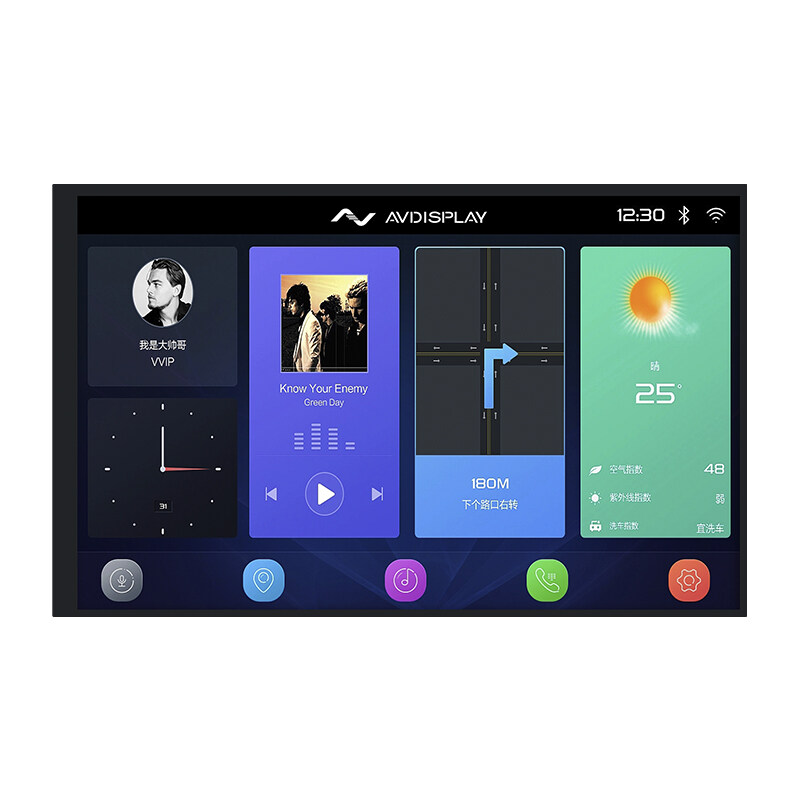Email format error
Email cannot be empty
Email already exists
6-20 characters(letters plus numbers only)
The password is inconsistent
Email format error
Email cannot be empty
Email does not exist
6-20 characters(letters plus numbers only)
The password is inconsistent


Introduction
In the realm of display technology, brightness plays a pivotal role in determining the quality of the viewing experience. Among the various types of displays available, IPS (in-plane switching) panels are renowned for their exceptional colour accuracy and wide viewing angles. However, within the IPS category, there is a range of brightness levels. This blog post aims to explore the disparities between a 500 nits IPS display and other brightness levels, shedding light on the advantages and disadvantages of each.
Understanding Brightness Levels
Before delving into the specifics, it is crucial to comprehend the significance of brightness levels. Brightness is measured in nits, which represents a unit of luminance. Higher nit values indicate a brighter display. Typically, laptop or smartphone displays fall within the range of 200–300 nits, while high-end displays can reach 1000 nits or even higher.
Advantages of a 500 Nits IPS Display
Enhanced Visibility: A 500 nits IPS display offers superior brightness compared to standard displays, making it easier to view content in well-lit environments or under direct sunlight. This feature proves particularly advantageous for outdoor use or when working in brightly illuminated spaces.
Improved Colour Accuracy: IPS panels are renowned for their accurate colour reproduction, and a 500 nits IPS display maintains this advantage. The higher brightness level ensures that colours remain vibrant and true to life, even when the display is set to higher brightness settings.
Wide Viewing Angles: IPS displays provide wider viewing angles compared to other panel types, such as TN (twisted nematic) or VA (vertical alignment). A 500 nits IPS display retains this advantage, allowing users to view content from various angles without experiencing colour shifts or loss of image quality.
Immersive Multimedia Experience: The combination of high brightness and accurate colour reproduction makes a 500 nits IPS display ideal for multimedia consumption. Whether watching movies, playing games, or editing photos and videos, the display ensures a visually engaging and immersive experience.

Disadvantages of a 500 Nits IPS Display
Battery Consumption: Higher brightness levels require more power, which can impact battery life. While a 500 nits IPS display offers excellent visibility, it may drain the device’s battery faster compared to displays with lower brightness levels.
Cost: Displays with higher brightness levels, including 500 nits IPS panels, tend to be more expensive than their lower-brightness counterparts. This cost difference may be a consideration for budget-conscious consumers.
Comparison with Other Brightness Levels
200-300 Nits Displays: Standard laptop and smartphone displays typically fall within this brightness range. While they are sufficient for indoor use, they may struggle to provide optimal visibility in bright environments. In terms of colour accuracy and viewing angles, a 500 nits IPS display outperforms displays in this range.
1000+ Nits Displays: Displays with brightness levels exceeding 1000 nits are often found in high-end smartphones and HDR (High Dynamic Range) monitors. These displays offer exceptional visibility, even in direct sunlight, and provide an unparalleled HDR viewing experience. However, they come at a higher cost compared to a 500-nit IPS display.
Conclusion
A 500-nit IPS display offers several advantages over displays with lower brightness levels. It provides enhanced visibility, accurate colour reproduction, wide viewing angles, and an immersive multimedia experience. However, it is essential to consider factors such as battery consumption and cost when choosing a display. Ultimately, the choice depends on individual preferences and specific use cases.